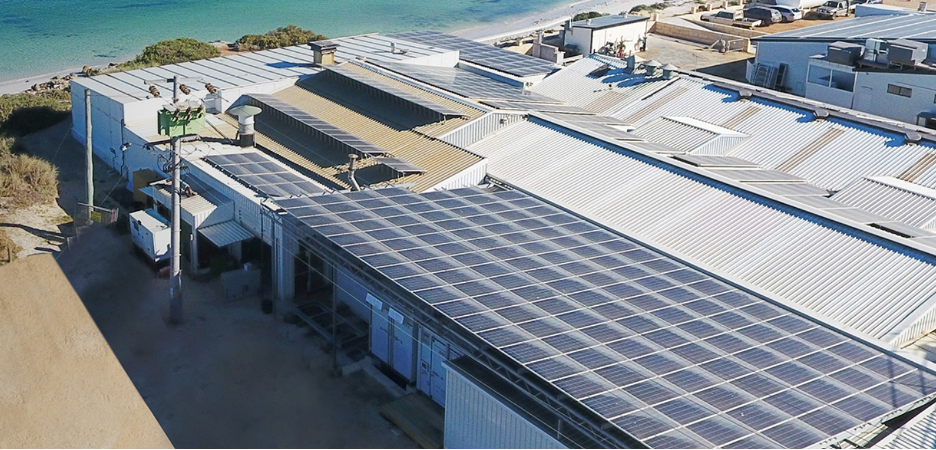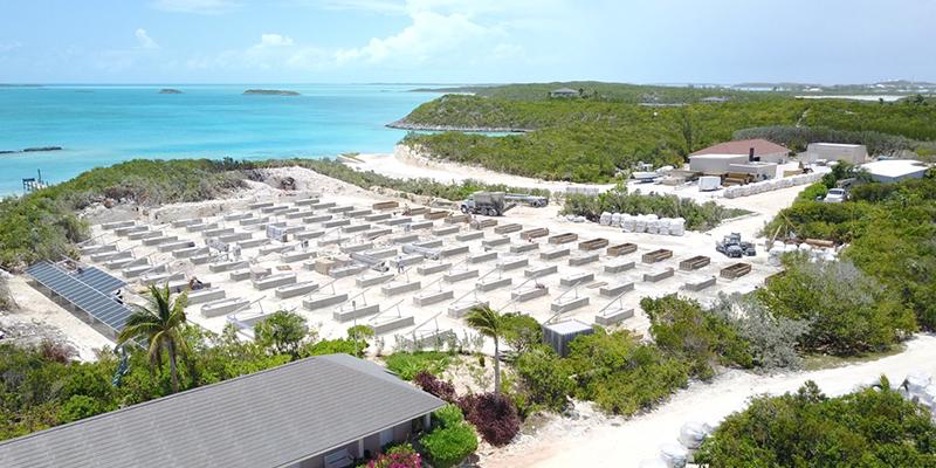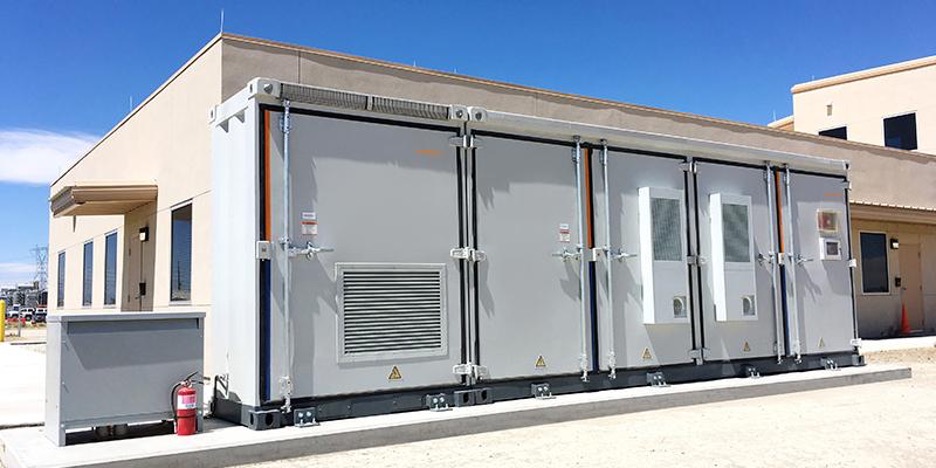Peak Hours in the US: How to Reduce Your Electricity Bill with a Battery Storage System
Rising electricity costs are a challenge for many businesses, especially during peak hours—times when energy demand is highest, and rates are at their most expensive. These peak hours can lead to bloated electricity bills, eating into profit margins and impacting operational budgets. However, a commercial battery storage system is a way to take control of your energy costs and reduce your reliance on the grid during these high-cost periods.
This post will guide you through understanding peak electricity hours, explain how energy storage systems work, and demonstrate how tools like Sungrow’s solar energy storage systems can provide cost savings and efficiencies for your business.

Understanding Peak Hours and Electricity Pricing
Peak hours usually refer to times of the day when electricity demand is highest. These typically occur during the late afternoon to early evening when residential and commercial energy usage overlaps. Activities like turning on lights, cooking, and powering office equipment create a surge in energy demand, which taxes power grids and drives up prices.
For most regions in the US, peak hours fall between 4 PM and 9 PM, but exact times can vary based on location and local utility providers.
What Is Time-of-Use (TOU) Pricing?
To manage demand and encourage off-peak energy use, utilities often implement Time-of-Use (TOU) pricing. This rate structure charges customers more for using electricity during peak hours. Businesses that rely heavily on energy at these high-demand times may see significant spikes in their energy expenditure due to TOU pricing.
For businesses, managing energy consumption during peak times is critical—both for lowering costs and improving sustainability. This is where an energy storage system can make a game-changing difference.
How Can Commercial Energy Storage Systems Help
1. Energy Storage Basics
Commercial energy storage systems, such as battery energy storage systems, function by storing energy when electricity rates are lower, often during off-peak hours or when renewable energy sources like solar panels produce surplus energy. This stored energy can then be discharged during peak hours, lowering your reliance on expensive grid electricity. Think of it as having an on-demand reserve of power that you can tap into whenever you need it.
2. Reducing Peak Demand
By strategically deploying a battery storage system, businesses can significantly reduce their reliance on grid power during peak hours, bypassing high TOU rates altogether. For instance, if your business uses most of its electricity between 4 PM and 7 PM, a storage system can supply power for this time, reducing—or even eliminating—your exposure to peak rates.
3. Cost Savings
The cost savings of battery storage systems can be substantial. According to industry reports, businesses that adopt energy storage solutions to manage peak-hour consumption can save anywhere from 20% to 50% on their electricity bills. The actual savings depend on factors like location, the size of the system, and how effectively it’s used.
Additionally, many states and utilities offer incentives and tax credits for businesses installing energy storage systems, making the investment even more attractive.

Sungrow’s Commercial Energy Storage System
When it comes to commercial energy storage solutions, Sungrow stands out as a leader in the industry. Designed for efficiency and reliability, Sungrow’s solar battery storage systems provide businesses with tailored solutions to meet their unique energy needs.
Key Features of Sungrow’s Solar Battery Storage Solutions
Sungrow systems are designed for seamless compatibility with your existing electrical setup, whether it’s a solar panel system or a standalone grid connection.
Modular designs make it easy to expand or adjust the system as your energy requirements grow. This scalability ensures long-term cost savings and reliability.
With user-friendly controls and advanced monitoring capabilities, Sungrow’s battery systems enable real-time tracking and optimization of your energy usage.
Built to withstand various conditions, including harsh environments, the systems feature advanced safety mechanisms such as fast-breaking and anti-arc protection.
Whether your business is looking for a way to harness excess solar production or avoid peak-hour charges, Sungrow’s commercial energy storage solutions offer a highly adaptable and cost-effective option.
Why Choose a Solar Battery Storage System?
Combining a solar battery system with energy storage technology delivers additional advantages. For businesses already generating power through solar energy, pairing it with a solar battery system means you can store excess power generated during the day and use it at peak hours—lowering costs and reducing dependency on the grid.
This also provides a sustainability boost, as stored solar energy contributes to a smaller carbon footprint for your business.
A Financial and Sustainable Solution
Adopting a battery storage system is more than just a cost-saving tool; it’s an investment in sustainability and energy independence.
Who Benefits Most?
Real-World Example
A Sungrow energy storage system in California, designed for a C&I (commercial and industrial) micro-grid, showcased a seamless integration of solar and storage while saving the business thousands in monthly operating costs.

Conclusion
Electricity costs during peak hours don’t have to drain your business profits. With solutions like Sungrow’s commercial battery energy storage systems, you can reduce reliance on grid power during high-demand times, optimize energy use, and lower your overall bill.
Transitioning to an energy storage system isn’t just a cost decision—it’s a strategic move for your business’s future. To explore how a Sungrow solution can fit your energy needs, contact Sungrow for a consultation today.